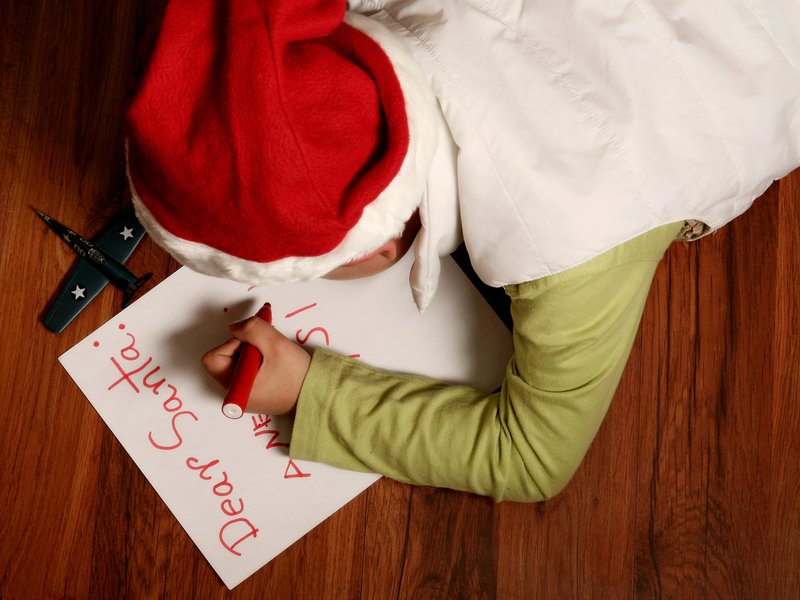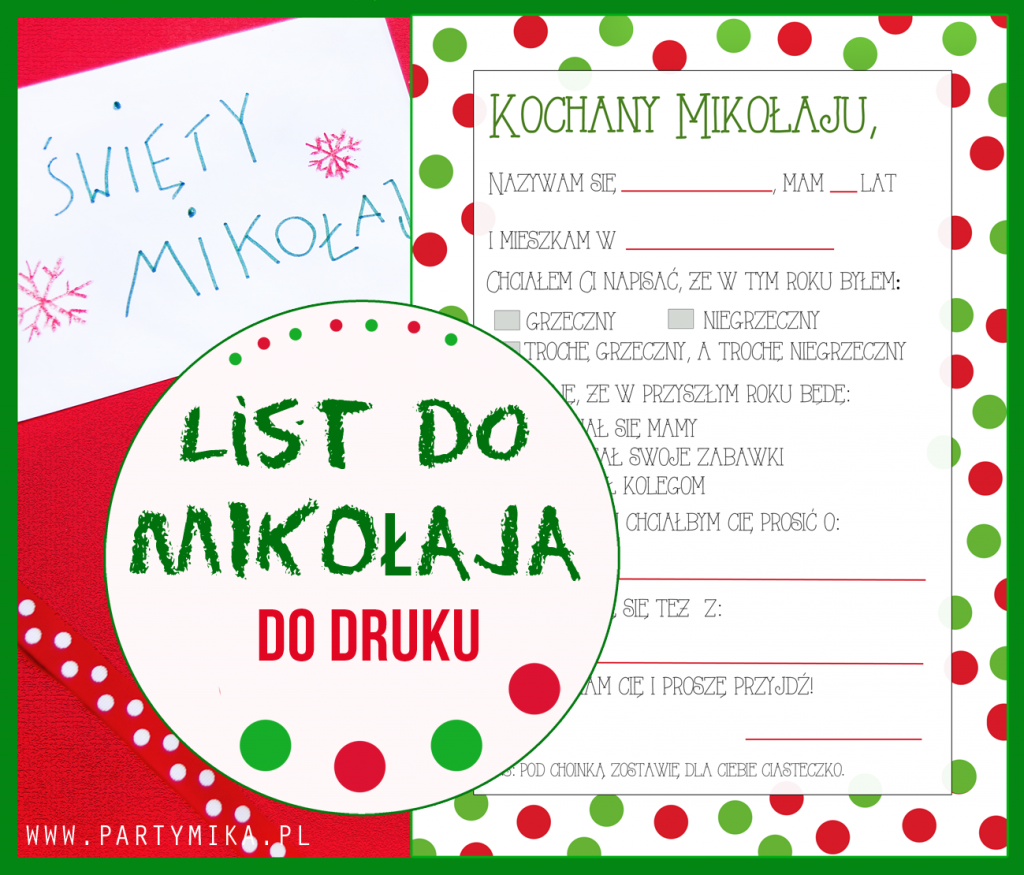List do Świętego Mikołaja. Writing a letter to Santa Claus in Polish Posted by Kasia on Dec 11, 2015 in Culture, Phrases
Whether known as Saint Nicholas, Święty Mikołaj, Sinterklaas, Father Christmas, Kris Kringle, Babbo Natale, Christkind, Père Noël, Santa Claus or by many other names, this legendary gift-giver in European folklore and hagiography is well known around the world.
Writing a letter to Santa (Pisanie listu do Świętego Mikołaja) is among the numerous traditions surrounding Christmas. Although in 1889, Thomas Nast—the caricaturist credited with the modern portrayal of Santa—presented Santa reading letters from the parents of children in “Santa Claus’s mail,” writing to Santa is as much of a children’s ritual as sitting on his lap. The form of “Dear Santa letters” typically include: a testament of “nice” (grzeczny) not “naughty” (niegrzeczny) behavior, a wish-list of toys, courteous mention of Mrs. Claus and the elves, and concern for the reindeer (especially Rudolph). One study found that girls’ letters tended to be longer, more polite, and include more requests for clothing or functional items as well as more gifts for other people.
Children in Poland, Japan, and Great Britain are allegedly the most prolific writers of letters to Santa! While sample letters are on Internet sites that also sell Santa stationery, far more common is the hand-written letter illustrated with Santas (Mikołaje), reindeers (renifery), sleds (sanki), Christmas trees (choinki), presents (prezenty), etc. Japanese children sometimes include pieces of origami with their letters. Addressed to Santa in Toyland, the North Pole, Lapland, the Arctic Circle, the town of Santa Claus, Indiana, and elsewhere in the world, children’s letters are often answered by postal workers and charity volunteers. While children in Canada use a special postal code (H0H 0H0) those in Mexico and other Latin American countries send their letters attached to helium balloons. Since the turn of the 20th century children have also sent their Santa letters to newspapers where they have been reprinted in articles.
Here are few different Polish sentences/phrases you may be able to use while writing your letter to Santa:
Dear Santa – Kochany Święty Mikołaju
I was really good/bad this year – Byłem (male)/byłam (female) bardzo grzeczny/grzeczna w tym roku
For Christmas I would like to get…- Na Święta chciałbym (male)/chciałabym (female) dostać …
I only have one wish – Mam tylko jedno życzenie
I was trying to be really good this year and help everyone – Starałem/starałam się być naprawdę dobry/dobra w tym roku i pomagać wszystkim
I will leave cookies and milk under the Christmas tree – Pod choinką zostawię ciasteczka i mleko
I will also leave something for your reindeers – Zostawię również coś dla Twoich reniferów

Build vocabulary, practice pronunciation, and more with Transparent Language Online. Available anytime, anywhere, on any device.
About the Author: Kasia
My name is Kasia Scontsas. I grew near Lublin, Poland and moved to Warsaw to study International Business. I have passion for languages: any languages! Currently I live in New Hampshire. I enjoy skiing, kayaking, biking and paddle boarding. My husband speaks a little Polish, but our daughters are fluent in it! I wanted to make sure that they can communicate with their Polish relatives in our native language. Teaching them Polish since they were born was the best thing I could have given them! I have been writing about learning Polish language and culture for Transparent Language’s Polish Blog since 2010.






Comments:
Hyri:
Polish language is so funny. I tried to learn it last year, when I was in Poland. Friend told me about good language school (www.polishcourses.com), so I got there and attended classes for almost a month. I’ve learned a lot, I must say, but now I have to be in touch with this language (so I look for places with excercieses and so on and read a lot of articles about this language).